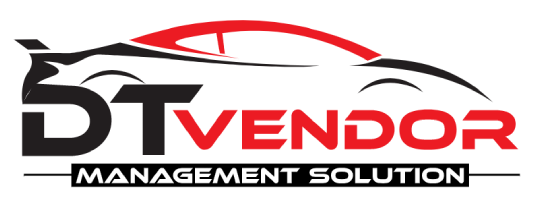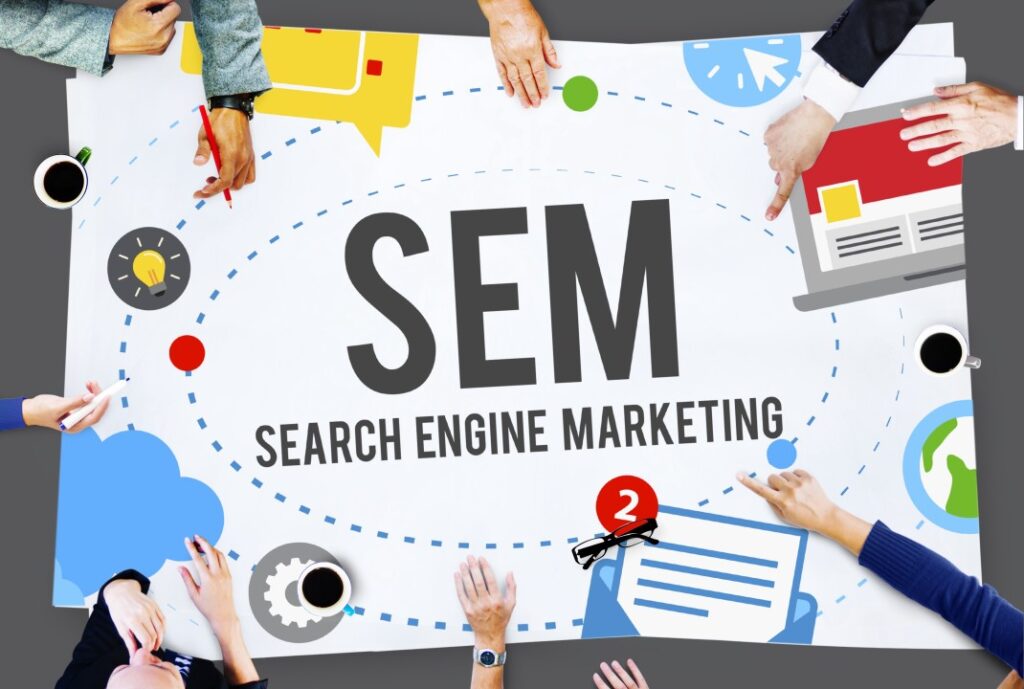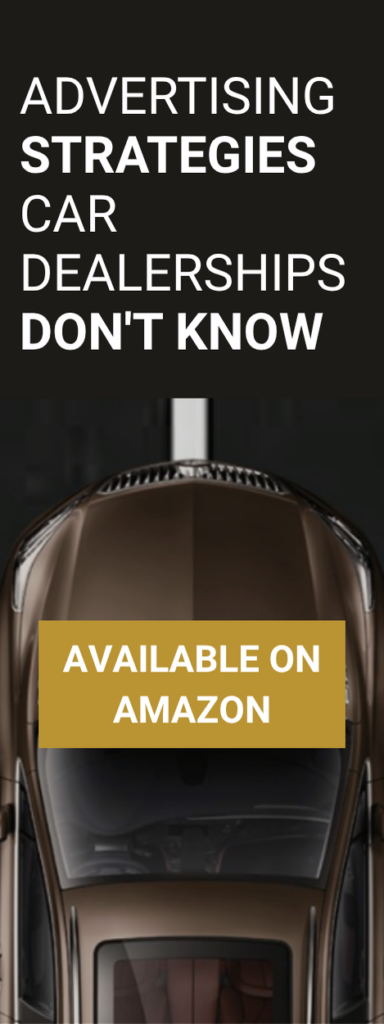For a long time, search engine marketing (SEM) has been a primary method to capture consumer intent, which refers to our ability to capture consumers’ interest and increase visibility on search engine result pages. Unlike SEO, which is a strategic approach to achieve higher rankings through organic search results over time, SEM operates on a pay-to-play basis.
SEO is the marathon, laying the groundwork for future visibility and credibility, while SEM is the sprint.
This distinction is crucial for my clients to understand that SEO is a marathon, laying the groundwork for future visibility and credibility. At the same time, SEM is the sprint designed for immediate visibility and results. When needing vehicle service options, starting or finalizing their purchasing journey, consumers often use platforms like Google, Bing, Yahoo, etc., to search for a dealer’s directions, reviews, or specific product information. These potential customers must find their way directly to your site at this critical juncture.
The core idea here is that SEM allows you to create a direct pathway to your “sandbox,” an environment where you face no competition. This strategic advantage must be balanced. Why risk losing potential customers by directing them to platforms where your competitors’ inventory is listed and might catch their eye? By leveraging SEM, you can ensure that your target audience lands on your webpage, where you control the narrative and the sales funnel.
SEM is an incredibly effective tool for driving more sales, amplifying brand awareness, and usurping market share from competitors. Through carefully crafted paid search ads, you can position your offerings above organic search results, capturing the attention of ready-to-buy consumers at the exact moment they’re looking to engage. This targeted approach increases the likelihood of conversion and significantly boosts your online presence, making your brand more visible and accessible to a broader audience.
Dealerships can offer a cohesive, compelling online experience.
Further, by combining the broad reach of traditional SEM campaigns with the targeted appeal of Vehicle Listing Ads (VLAs), dealerships can offer a cohesive, compelling online experience that guides consumers from initial interest to decision-making.
This layered approach ensures that whether a potential customer is searching for dealership information, service options, or specific vehicles, your ads are prominently displayed across the search engine results page (SERPs). The key lies in leveraging the dynamic capabilities of SEM to promote your dealership’s brand and offerings while utilizing VLAs to showcase your inventory with pricing and images. This integrated strategy maximizes your visibility on the SERPs, ensuring that your dealership captures attention at every possible touchpoint.
This article discusses leveraging Performance Max (P-Max) and VLAs to win more. Toward the end of this article, I will share my complete strategy for SEM and social media that I currently advise my clients on.
What is Performance Max?
Performance Max (P-Max) is a cutting-edge advertising solution developed by Google. It is designed to help advertisers harness the power of Google’s advanced machine-learning technology to maximize the performance of their ad campaigns across all Google platforms. P-Max aims to optimize ad bids and placements in real-time, ensuring that ads are displayed to the most relevant audiences at the optimal times, thereby increasing the likelihood of conversion.
At its core, P-Max leverages a comprehensive suite of Google’s advertising channels, including Search, Display, YouTube, Gmail, and the Google Display Network, to provide a unified campaign experience. This approach allows advertisers to reach potential customers wherever they are on the web, making it a powerful tool for businesses aiming to enhance their online visibility and engagement.
One of the critical features of P-Max is its ability to optimize campaigns using real-time data and machine learning algorithms automatically. This means that P-Max continuously analyzes performance data, learning from user interactions to adjust bids, switch ad placements, and even alter creative elements dynamically to improve campaign results. The system aims to increase conversions—such as sales, leads, or website visits—at a similar or better cost-efficiency, making the most of the advertiser’s budget.
The goal is to increase conversions.
Advertisers implementing P-Max campaigns have reported an average increase of 18% more conversions, highlighting its effectiveness in driving better outcomes without increasing advertising spend. This performance boost is attributed to P-Max’s sophisticated targeting and optimization capabilities, which ensure that ads are more precisely matched with user intent and preferences.
Despite its proven success in e-commerce and various other sectors, there has been some skepticism regarding P-Max’s applicability and effectiveness for car dealerships. The concern stems from the automotive industry’s unique challenges and customer journey nuances. However, I predict P-Max will emerge as a pivotal strategy for car dealerships. The platform’s ability to integrate with Vehicle Listing Ads (VLAs) and its sophisticated targeting mechanisms make it an invaluable tool for reaching potential car buyers more effectively.
An indispensable component of automotive digital marketing.
Until recently, Vehicle Listing Ads (VLAs) could be created independently of Performance Max (P-Max). However, the landscape has evolved significantly: deploying VLAs now necessitates integration with a P-Max setup. This paradigm shift, orchestrated by Google, leverages its sophisticated machine learning algorithms and real-time customer data analytics to curate and deliver content strategically. This advancement signifies a monumental leap forward in digital advertising capabilities and unveils vast potential within the automotive marketing sector. As the system evolves and more car dealerships adopt and tailor P-Max campaigns to their specific needs, it will become an indispensable component of automotive digital marketing strategies, driving increased traffic, engagement, and sales for dealerships.
Creating a separate search ad for each vehicle in your inventory isn’t feasible, and even if attempted, many of these ads would likely receive minimal engagement or 0 clicks. This is because generating ads for every vehicle only guarantees visibility and relevance with corresponding search demand. However, with P-Max, you stand a better chance of garnering engagement and activity, as it optimizes ad placements based on existing engagement patterns. Of course, success still hinges on effective merchandising and pricing strategies.
In today’s digital marketing landscape, you may need more than individual search ads for each vehicle in your inventory to yield the engagement you’re looking for. You can create numerous campaigns, but your efforts may fall flat if people do not search for those specific items or keywords. That’s where P-Max comes in.
Success still hinges on effective merchandising and pricing strategies.
Google’s AI technology delves into various factors—budgets, bidding strategies, audience targeting, and more—to optimize your ad campaigns like never before. While it hasn’t fully hit its stride in the automotive realm yet, it’s clear that P-Max is reshaping traditional advertising norms.
Just a few years back, vehicle ads entered the scene, showcasing vehicles and their prices admirably. But they often missed the crucial “why buy” factor. Why should consumers choose your car over others? This is where P-Max steps in, addressing this gap and boosting the persuasiveness of digital ads.
It takes about 20-30 days to gather enough data for P-Max to fine-tune its machine learning and customer insights. But trust me, companies like Google, Microsoft, and social media giants understand the evolving needs of consumers. It’s not just about displaying a car and its price anymore. It’s about showcasing value and meeting consumer desires.
The DTVMS Secret Sauce
If P-Max is the ultimate goal, it’s crucial to understand the starting point and the gradual transition required.
While we don’t sell digital advertising, DT Vendor Management Solution offers a refined marketing strategy mix to guide you toward this objective. Here’s our approach for optimizing SEM and social media efforts:
Of the total budget designated for SEM and social media for sales:
– 40% on AIA ads to leverage advanced targeting and engagement features.
– 30% on vehicle ads to showcase specific inventory and attract potential buyers.
– 20% on traditional search campaigns, focusing on driving activity towards selected high-priority vehicles through active rotation and optimization.
– 8% for p-max; this will slowly increase as the funds initially allocated to traditional search campaigns are progressively redirected here, gradually increasing its share until it reaches a 20% p-max and 8% traditional.
– 2% in branding efforts, typically adjusted based on market type (single point vs. metro markets). Major markets may receive a higher allocation, up to 5%, to enhance brand visibility and recognition and a hedge against competitors’ conquest attempts.
This approach allows flexibility in addressing market dynamics and ensuring branding efforts align with market needs.
Furthermore, this strategy involves an ongoing refinement process. As P-Max accumulates data and refines its methods, the gradual shift from traditional search to P-Max ensures optimized performance and maximizes returns on investment. Remember, P-Max excels in areas where conventional search campaigns may need to catch up. Therefore, it’s essential to reallocate funds from traditional search campaigns every month., as you see conversion increase and ultimately deliver more value for the same spend.
Just so you know, for service department efforts, I highly recommend focusing on a specific campaign rather than just being an afterthought for optimizing the most profitable sector of your dealership. Stay tuned for an article specific to fixed ops.
P-Max represents the next frontier in digital advertising.
As we traverse the ever-evolving landscape of automotive marketing, embracing innovative solutions that drive results is imperative. SEM has long been a cornerstone of digital advertising, offering immediate visibility and results. However, with the emergence of Performance Max (P-Max) and its integration with Vehicle Listing Ads (VLAs), we’re witnessing a transformative shift in how dealerships engage with consumers.
P-Max represents the next frontier in digital advertising, leveraging advanced machine learning technology to optimize ad campaigns across multiple Google platforms. Its seamless integration with VLAs offers unprecedented targeting capabilities, ensuring that ads are tailored to meet the evolving needs of potential car buyers.
While some may harbor skepticism regarding P-Max’s applicability to the automotive industry, its proven success in driving conversions and increasing engagement speaks volumes. By harnessing the power of P-Max, dealerships can stay ahead of the curve, capturing the attention of ready-to-buy consumers and driving increased traffic and sales.
It is essential to remain agile and adaptable.
At DT Vendor Management Solution, we’re committed to guiding dealerships toward success in the digital age.
As we look towards the future, we must remain agile and adaptable, embracing innovative solutions that propel us towards our goals.
I would love to hear your thoughts on P-Max and how you see it playing a role in the coming months and years.
Let me know if I can help you with your efforts.




